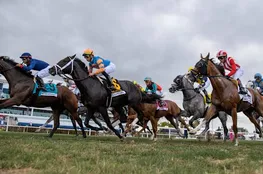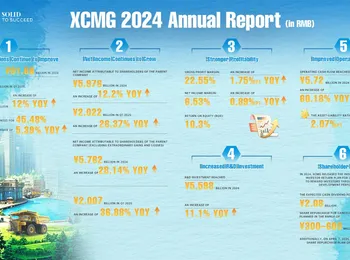Alpha Buying: The Oldest and Most Effective Way to Beat the Market
One of the oldest and most effective edges in the market isn’t built on algorithms, speed, or insider tips. It’s built on patience, discipline, and the willingness to read what others ignore. Every quarter, the world’s best investors are required to leave a paper trail in the form of 13F and 13D filings. If you know how to read those filings and apply a disciplined value and credit framework, you can piggyback the moves of some of the smartest, most influential investors in the world. Piggybacking isn’t about predicting the next hot sector or deciphering the Fed’s mood. It’s about systematically cloning the best ideas of proven investors who take concentrated positions, think long term, and have a history of creating value. You let them do the work. You follow the breadcrumbs. And over time, you build portfolios that compound quietly and consistently alongside the giants. The fundamental edge comes from time arbitrage. Legendary investors like Warren Buffett, Seth Klarman, Joel Greenblatt, and Mario Gabellii buy stocks with a three- to five-year horizon. Their investment theses don’t depend on next quarter’s earnings call. By studying their disclosed holdings after the fact, you can often still buy into their ideas at attractive prices, because the market hasn’t fully recognized the story yet. Academic studies have backed this up for years. Portfolios built by cloning the top holdings of concentrated, long-term managers have outperformed the market by 5–10% annually. Joel Greenblatt himself has remarked that simply combining Magic Formula stocks with the best 13F ideas would give most investors all the edge they’d ever need. The key is focusing on the right managers. Broad indexers or giant funds filing for compliance don’t give you much. But high-convention value investors and activists who build meaningful stakes in undervalued companies often leave behind a trail of fat pitches. Activists, in particular, are worth watching. When they show up on the register, they’re usually not there to sit quietly. They’re there to unlock value.
Any investor who crosses the 5% ownership threshold and intends to influence management must file a Schedule 13D. These filings are the first public sign that strategic capital, activists, or operators are getting involved. It tells you why someone might be preparing to act. 13F filings tell you what managers own, 13D filings tell you why someone might be preparing to act. Any investor who crosses the 5% ownership threshold and intends to influence management must file a Schedule 13D. These filings are the first public sign that strategic capital, activists, or operators are getting involved. Any investor who crosses the 5% ownership threshold and intends to influence management must file a Schedule 13D. These filings are the first public sign that strategic capital, activists, or operators are getting involved. It tells you why someone might be preparing to act.
Gabellii’s move is value-driven, with activist optionality. BBeretta’s stake is a strategic industry play that could foreshadow larger moves.
Whether it’s a sovereign fund quietly building a strategic stake, a legendary value investor sniffing out neglected assets, or an industry peer setting the board for consolidation, 13F and 13D filings give you a window into their plans.
























